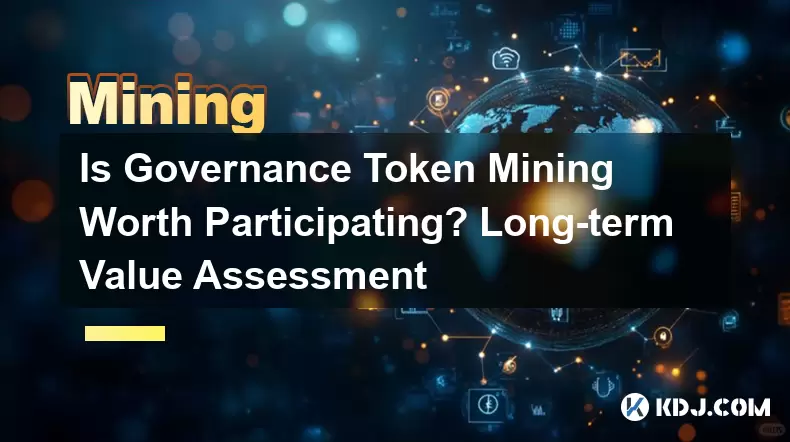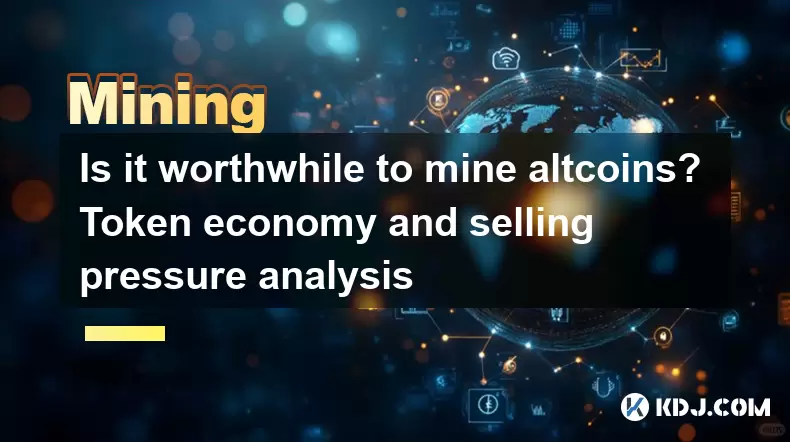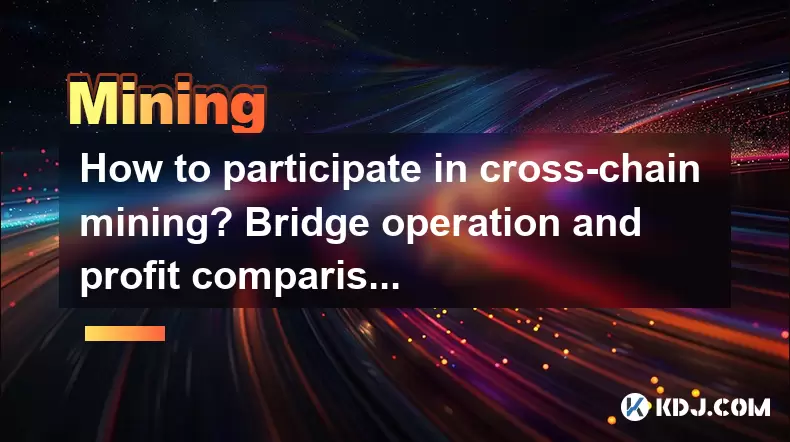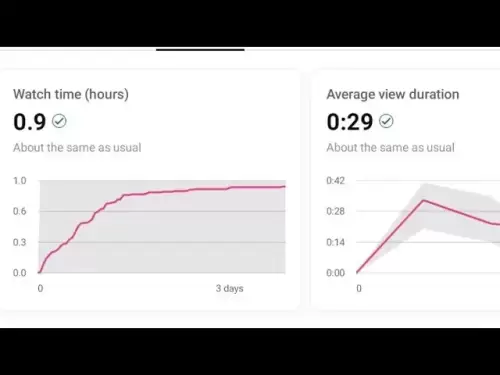-
 Bitcoin
Bitcoin $103,456.1111
0.49% -
 Ethereum
Ethereum $2,414.9631
0.02% -
 Tether USDt
Tether USDt $1.0006
0.05% -
 XRP
XRP $2.1083
0.24% -
 BNB
BNB $634.8760
-0.76% -
 Solana
Solana $139.8437
1.94% -
 USDC
USDC $0.9998
-0.01% -
 TRON
TRON $0.2737
0.97% -
 Dogecoin
Dogecoin $0.1602
0.20% -
 Cardano
Cardano $0.5737
1.08% -
 Hyperliquid
Hyperliquid $32.9779
-2.54% -
 Bitcoin Cash
Bitcoin Cash $474.8886
-1.80% -
 Sui
Sui $2.6272
-1.99% -
 Chainlink
Chainlink $12.4878
0.14% -
 UNUS SED LEO
UNUS SED LEO $8.9234
0.35% -
 Stellar
Stellar $0.2411
-0.18% -
 Avalanche
Avalanche $17.0274
-0.70% -
 Toncoin
Toncoin $2.8936
-1.11% -
 Shiba Inu
Shiba Inu $0.0...01112
-0.58% -
 Litecoin
Litecoin $82.6982
1.33% -
 Hedera
Hedera $0.1423
-0.05% -
 Monero
Monero $314.8455
3.26% -
 Ethena USDe
Ethena USDe $1.0006
0.01% -
 Polkadot
Polkadot $3.4043
1.14% -
 Dai
Dai $0.9999
0.01% -
 Bitget Token
Bitget Token $4.2848
-0.13% -
 Uniswap
Uniswap $6.8748
-5.45% -
 Pepe
Pepe $0.0...09661
0.52% -
 Pi
Pi $0.5359
1.19% -
 Aave
Aave $242.9168
-1.03%
Is Governance Token Mining Worth Participating? Long-term Value Assessment
Governance token mining lets users earn tokens by participating in decentralized platform decisions, offering voting rights and potential financial rewards.
Jun 21, 2025 at 11:56 pm

Understanding Governance Token Mining
Governance token mining refers to the process where users earn tokens by participating in the governance activities of a decentralized platform. These tokens often grant holders voting rights, allowing them to influence decisions such as protocol upgrades, treasury allocations, and policy changes. Unlike traditional proof-of-work or proof-of-stake mining, governance token mining is primarily tied to on-chain participation rather than computational power or staking assets.
Platforms that implement decentralized autonomous organizations (DAOs) frequently distribute governance tokens to encourage community involvement. The mining process may involve actions like proposing new initiatives, voting on proposals, or contributing liquidity to specific pools. Users who engage in these activities are rewarded with governance tokens, which can be held for long-term value or sold for profit.
Risks Involved in Governance Token Mining
Before diving into governance token mining, it's crucial to assess the potential risks involved. One significant risk is token volatility—since governance tokens often lack intrinsic value beyond their utility within a platform, their market price can fluctuate dramatically based on sentiment, regulatory news, or broader crypto market trends.
Another concern is opportunity cost. Participating in governance mining might require locking up capital in specific protocols, potentially missing out on higher-yielding opportunities elsewhere. Additionally, some platforms may have low voter turnout, making individual contributions less impactful. If a small group controls most of the tokens, minority voters may find their efforts ineffective.
Smart contract vulnerabilities also pose a risk. Many governance systems rely on complex code, and any flaws could lead to exploits or loss of funds. Users must ensure they're interacting with well-audited protocols before committing resources.
Potential Rewards and Utility of Governance Tokens
Despite the risks, governance token mining offers several potential rewards. The most direct benefit is earning tokens that may appreciate over time. Some projects experience rapid growth, leading early participants to substantial gains. Moreover, holding governance tokens allows users to shape the future of a project, which can be especially appealing to those deeply invested in its success.
Certain platforms offer additional incentives, such as revenue-sharing mechanisms, where token holders receive a portion of the protocol’s earnings. This adds an income-generating dimension to governance token ownership. Furthermore, governance tokens sometimes unlock exclusive features, such as early access to new products or reduced fees, enhancing their utility beyond simple voting rights.
In some cases, governance tokens serve as a form of reputation within a decentralized ecosystem. Holding a large amount may grant recognition or even leadership roles within the DAO, offering non-financial benefits to active contributors.
How to Evaluate the Long-term Value of Governance Tokens
Assessing the long-term value of governance tokens requires careful analysis of multiple factors. First, evaluate the underlying project's fundamentals. A strong team, clear roadmap, and robust product adoption are indicators of potential longevity. Projects with real-world use cases and sustainable business models are more likely to retain value over time.
Next, examine the tokenomics. Consider the total supply, distribution method, inflation rate, and whether there are mechanisms in place to reduce supply, such as token burns or buybacks. A well-structured token economy can help maintain scarcity and support long-term demand.
Community engagement is another critical factor. Active forums, regular updates, and transparent communication suggest a healthy and growing ecosystem. Conversely, low participation and lack of updates may signal declining interest.
Lastly, consider external dependencies. If the governance token relies heavily on another blockchain or service, any issues with that dependency could impact its viability. Diversification across multiple ecosystems may mitigate this risk.
Steps to Participate in Governance Token Mining
For those interested in joining governance token mining, follow these steps:
- Ensure you hold the required assets—some platforms require staking or liquidity provision to qualify for governance participation.
- Connect your wallet to the relevant platform’s governance interface.
- Browse current proposals and cast your vote using your governance tokens.
- In some cases, you may need to delegate your voting power if you prefer not to vote directly.
- Monitor reward distributions and claim earned tokens regularly.
- Stay updated on upcoming votes and community discussions to maximize your impact.
Each platform has unique requirements, so always review the documentation before participating. Some systems may require locking tokens for a set period, while others allow flexible participation.
Comparing Governance Token Mining with Other Yield Strategies
When evaluating governance token mining, compare it with alternative yield strategies such as liquidity provision, staking, and yield farming. Each carries different levels of risk and reward.
Liquidity provision involves supplying assets to decentralized exchanges in exchange for trading fees. While potentially lucrative, it exposes users to impermanent loss, especially in volatile markets. Staking typically offers lower returns but with greater stability, particularly when done through reputable proof-of-stake networks.
Yield farming focuses on maximizing returns through strategic asset deployment across various DeFi protocols. It often involves frequent movement between platforms and requires technical knowledge to optimize yields effectively.
Governance token mining sits at the intersection of financial incentive and community involvement. Its value depends not only on token appreciation but also on the degree of influence users can exert over the project's direction.
Frequently Asked Questions
What happens if I lose my governance tokens?
If you lose access to the wallet containing your governance tokens, you will no longer be able to vote or claim rewards associated with those tokens. Always store private keys securely and consider backup solutions.
Can governance tokens be transferred or sold immediately after mining?
Most governance tokens can be freely traded once received, though some platforms impose lock-up periods or vesting schedules. Check the specific rules of the protocol before participating.
Is governance token mining suitable for beginners?
While accessible, governance token mining requires understanding how DAOs operate and how to interact with smart contracts. Beginners should start with small amounts and thoroughly research each platform before committing significant capital.
Do all DeFi platforms offer governance tokens?
No, not all DeFi platforms issue governance tokens. Some projects opt for centralized decision-making or alternative governance structures. Research each platform’s governance model before engaging.
Disclaimer:info@kdj.com
The information provided is not trading advice. kdj.com does not assume any responsibility for any investments made based on the information provided in this article. Cryptocurrencies are highly volatile and it is highly recommended that you invest with caution after thorough research!
If you believe that the content used on this website infringes your copyright, please contact us immediately (info@kdj.com) and we will delete it promptly.
- Hacken Security Breach Highlights Risks Across Ethereum and BSC
- 2025-06-22 08:25:12
- SHIB Price, Forecasts, Timelines: Will Shiba Inu Ever Reach the 'One-Cent Dream'?
- 2025-06-22 08:25:12
- Avalanche vs. Ruvi AI: Why Smart Money's on This Audited Token
- 2025-06-22 08:45:12
- Bitcoin Demand on Pause: What's Next for the Crypto King?
- 2025-06-22 08:45:12
- XRP's Rocky Road: New Addresses Plummet Amid Bearish Metrics
- 2025-06-22 09:05:12
- CoinMarketCap's Rogue Wallet Scare: A Scam Alert!
- 2025-06-22 09:05:12
Related knowledge

What is liquidity mining in DeFi? How to participate and calculate the income?
Jun 20,2025 at 03:21pm
Understanding Liquidity Mining in DeFiLiquidity mining is a core concept in the decentralized finance (DeFi) ecosystem that allows users to earn rewards by providing liquidity to decentralized exchanges (DEXs) or lending platforms. In traditional finance, liquidity providers are usually institutional players, but DeFi democratizes this process, enabling...

How to operate option mining? Hedging strategy and profit structure
Jun 21,2025 at 03:29pm
What is Option Mining?Option mining refers to a decentralized finance (DeFi) strategy where participants provide liquidity or take specific derivative positions in options protocols to earn rewards. Unlike traditional yield farming, option mining often involves liquidity provision for options markets, allowing users to generate returns through premiums ...

What are the advantages of Layer2 mining? Gas saving and project inventory
Jun 20,2025 at 04:50am
Understanding Layer2 Mining and Its SignificanceLayer2 mining refers to the process of participating in decentralized applications or protocols that operate on top of a primary blockchain (such as Ethereum) using scaling solutions like Optimism, Arbitrum, or zkSync. Unlike traditional mining on Layer1 blockchains, which often involves high computational...

Is contract mining safe? Key points of smart auditing and vulnerability prevention
Jun 19,2025 at 08:08pm
Understanding Contract Mining in the Cryptocurrency SpaceContract mining refers to a method within blockchain ecosystems where users can participate in mining operations through smart contracts. Unlike traditional mining, which requires physical hardware and technical expertise, contract mining allows participants to invest funds into a mining pool or p...

Is it worthwhile to mine altcoins? Token economy and selling pressure analysis
Jun 20,2025 at 05:21pm
Understanding the Altcoin Mining LandscapeMining altcoins has become an attractive alternative to Bitcoin mining for many cryptocurrency enthusiasts. With Bitcoin's increasing difficulty and energy requirements, miners are seeking opportunities in less saturated markets. However, the profitability of mining altcoins depends on several factors, including...

How to participate in cross-chain mining? Bridge operation and profit comparison
Jun 19,2025 at 05:42pm
What is Cross-Chain Mining?Cross-chain mining refers to the process of leveraging blockchain bridges or interoperability protocols to move assets between different blockchains and participate in yield farming, staking, or liquidity provision across multiple ecosystems. Unlike traditional single-chain DeFi activities, cross-chain mining allows users to o...

What is liquidity mining in DeFi? How to participate and calculate the income?
Jun 20,2025 at 03:21pm
Understanding Liquidity Mining in DeFiLiquidity mining is a core concept in the decentralized finance (DeFi) ecosystem that allows users to earn rewards by providing liquidity to decentralized exchanges (DEXs) or lending platforms. In traditional finance, liquidity providers are usually institutional players, but DeFi democratizes this process, enabling...

How to operate option mining? Hedging strategy and profit structure
Jun 21,2025 at 03:29pm
What is Option Mining?Option mining refers to a decentralized finance (DeFi) strategy where participants provide liquidity or take specific derivative positions in options protocols to earn rewards. Unlike traditional yield farming, option mining often involves liquidity provision for options markets, allowing users to generate returns through premiums ...

What are the advantages of Layer2 mining? Gas saving and project inventory
Jun 20,2025 at 04:50am
Understanding Layer2 Mining and Its SignificanceLayer2 mining refers to the process of participating in decentralized applications or protocols that operate on top of a primary blockchain (such as Ethereum) using scaling solutions like Optimism, Arbitrum, or zkSync. Unlike traditional mining on Layer1 blockchains, which often involves high computational...

Is contract mining safe? Key points of smart auditing and vulnerability prevention
Jun 19,2025 at 08:08pm
Understanding Contract Mining in the Cryptocurrency SpaceContract mining refers to a method within blockchain ecosystems where users can participate in mining operations through smart contracts. Unlike traditional mining, which requires physical hardware and technical expertise, contract mining allows participants to invest funds into a mining pool or p...

Is it worthwhile to mine altcoins? Token economy and selling pressure analysis
Jun 20,2025 at 05:21pm
Understanding the Altcoin Mining LandscapeMining altcoins has become an attractive alternative to Bitcoin mining for many cryptocurrency enthusiasts. With Bitcoin's increasing difficulty and energy requirements, miners are seeking opportunities in less saturated markets. However, the profitability of mining altcoins depends on several factors, including...

How to participate in cross-chain mining? Bridge operation and profit comparison
Jun 19,2025 at 05:42pm
What is Cross-Chain Mining?Cross-chain mining refers to the process of leveraging blockchain bridges or interoperability protocols to move assets between different blockchains and participate in yield farming, staking, or liquidity provision across multiple ecosystems. Unlike traditional single-chain DeFi activities, cross-chain mining allows users to o...
See all articles
























































































